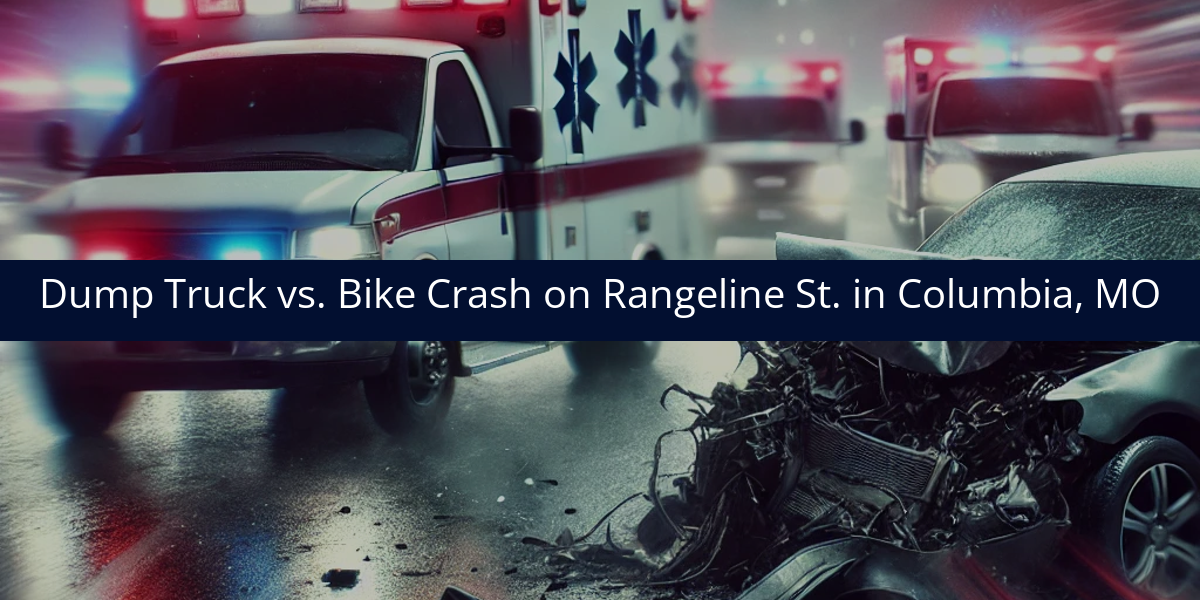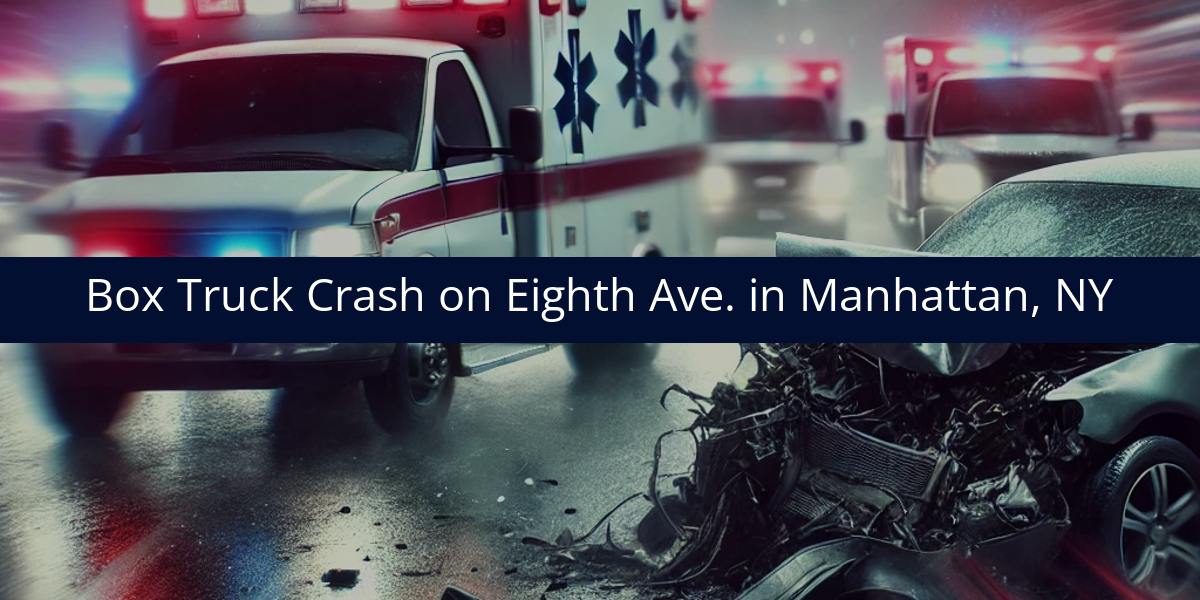There's no "good" way for a passenger vehicle to crash with a commercial truck, but one of the worst forms of that is an underride collision where a car travels beneath a truck or trailer. Modern 18-wheelers are meant to have some built-in protections to help prevent those crashes or at least reduce their damage, the most notable of which is the underride guard. But what is that exactly?
Answer: A tractor-trailer's underride guard, also known as a Mansfield Bar, is a rigid metal assembly installed below a trailer's chassis meant to prevent cars from traveling underneath it during a collision.
The Federal Government Requires Trailers to Be Equipped with Underride Guards
Underride guards aren't just a good idea that trucking companies adopt in the interest of public safety; they're actually required equipment for long-haul trailers.
The Rule
S1. Scope. This standard establishes requirements for the installation of rear impact guards on trailers and semitrailers with a gross vehicle weight rating (GVWR) of 4,536 kg or more.
S2. Purpose. The purpose of this standard is to reduce the number of deaths and serious injuries occurring when light duty vehicles impact the rear of trailers and semitrailers with a GVWR of 4,536 kg or more.
49 CFR § 571.224
What Happens in a Crash without an Underride Guard?
Even the best underride guards aren't magic and can't stop every accident, but it's safe to say that virtually any barrier is better than nothing in a collision with a commercial truck. Consider the following hypothetical accident, both with and without an underride guard involved:
Example 1: Zachary is driving a Hyundai Elantra on the interstate when an 18-wheeler pulls off the shoulder into his lane ahead. Zachary floors the brakes but can't stop before crashing into the back of the truck's trailer, which doesn't have an underride guard. The Hyundai's momentum and the height of the truck mean the car's nose is driven downward underneath the trailer even as it continues forward. Its crumple zones and airbags are designed for frontal impact and aren't much use as the car slides further under the trailer. The trailer intrudes into the Hyundai's cabin and fatally hits Zachary.
Example 2: The same scenario unfolds but in this case the semi-trailer had an underride guard welded in place underneath its chassis. Zachary's car hits that bar first, creating a point of frontal impact. Its crumple zones absorb and redistribute much of the initial force, keeping momentum from pushing it further beneath the trailer. Moreover, because a frontal impact occurred the airbag sensors trigger and the bags deploy. In the end the car doesn't travel nearly as far underneath the trailer and Zachary, while injured, survives.
Keep in mind that neither of those examples involves the victim walking away from the accident without a scratch, but in one a simple safety feature saved his life. Despite how they increase the chances of survival, though, underride guards are still conspicuously absent from many 18-wheelers.
Why Aren't They on Every Truck?
It seems reasonable to think that if an underride guard could help prevent serious or fatal injuries it should be installed on every commercial truck that can hold one, but not everyone agrees. The transportation and logistics industry has fought for decades against adding more and sturdier underride guards to big rigs. Trucking lobbyists say those add weight, reduce how much trucks can transport, and drive up fuel expenses, and argue that the benefits don't outweigh the costs.
Government regulators haven't exactly stepped in swinging either. The last major regulations about underride guards were codified in 1996, and even then they exempted some kinds of heavy trucks. The few reforms that have been made over the past 50 or so years apply to less than half of the commercial trucks on the road—and frankly don't do much to protect anyone from them.
Underride Accident Victims Deserve Help
As trucking lobbyists and safety advocates battle over improving commercial vehicles and the government takes little direct action either way, people continue to be hurt or killed in underride accidents almost daily. Many of those crashes could have been avoided or their damage heavily mitigated by a strong enough underride guard—or just one being there at all.
As many underride crash victims and families could tell you, such accidents are always traumatic and in too many cases are lethal. If any of them could or should have been prevented then those who failed to do so should be held accountable. The experienced Texas truck accident attorneys at Grossman Law Offices can help; if you or a loved one were hurt in an accident with a commercial truck, contact us today for a free consultation.













